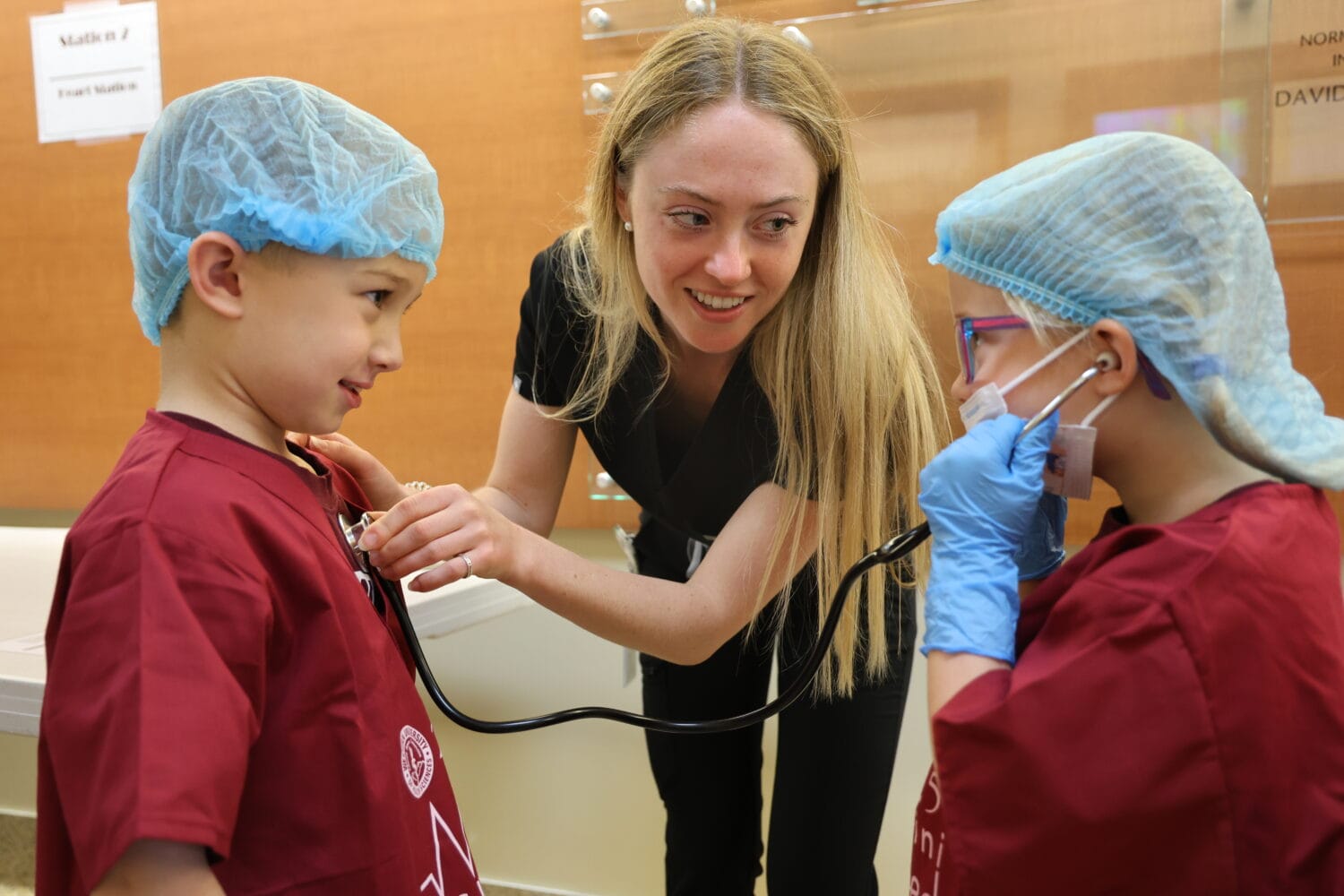Scientists at Western University of Health Sciences describe research in basal cell cancer
Research findings, ‘The use of high-frequency ultrasound in the evaluation of superficial and nodular Basal cell carcinomas,’ are discussed in a new report. "Frequencies of 20 MHz may be appropriate to visualize basal cell carcinomas (BCCs) including their tumor thickness and margins. Histologic comparisons to sonographic images are related at all levels of the epidermis and corium The objective was to evaluate whether high-frequency ultrasound (HFUS) proved to be an inexpensive and noninvasive modality to adequately delineate tumor margins under favorable circumstances Fifty superficial and nodular BCCs of various locations were scanned using a 20-MHz ultrasound device," researchers in the United States report.
"Tumors were delineated, excised with 4-mm surgical margins, and sent for histologic clearance. Morpheaform, recurrent BCCs, BCCs in areas difficult to scan, and BCCs with specific properties were excluded from this study. RESULTS Clinical and ultrasonic measurements correlated well in terms of width, depth, and length (p <.OOO5). Of 50 BCCs, 45 were clear after margin assessment with HFUS. Five BCCs depicted extension past 4-mm surgical margins and returned with positive margins HFUS delineated tumor margins adequately, and it appeared to depict subclinical extension past 4 mm on less aggressive BCC variants. It could be warranted if clinical or histologic diagnosis is uncertain," wrote T.D. Desai and colleagues. Western University of Health Sciences.
The researchers concluded: "The strong association between clinical and ultrasonic measurements initiates more successful forms of therapy, risk-stratifies specific subgroups of patients, and prevents overall morbidity."
Desai and colleagues published their study in Dermatologic Surgery (The use of high-frequency ultrasound in the evaluation of superficial and nodular Basal cell carcinomas. Dermatologic Surgery, 2007;33(10): 1220-7; discussion 1226-7).
For additional information, contact T.D. Desai, Western University of Health Sciences, Pomona, California USA..
Publisher contact information for the journal Dermatologic Surgery is: Blackwell Publishing Inc., 350 Main St., Maiden, MA 02148, USA.



